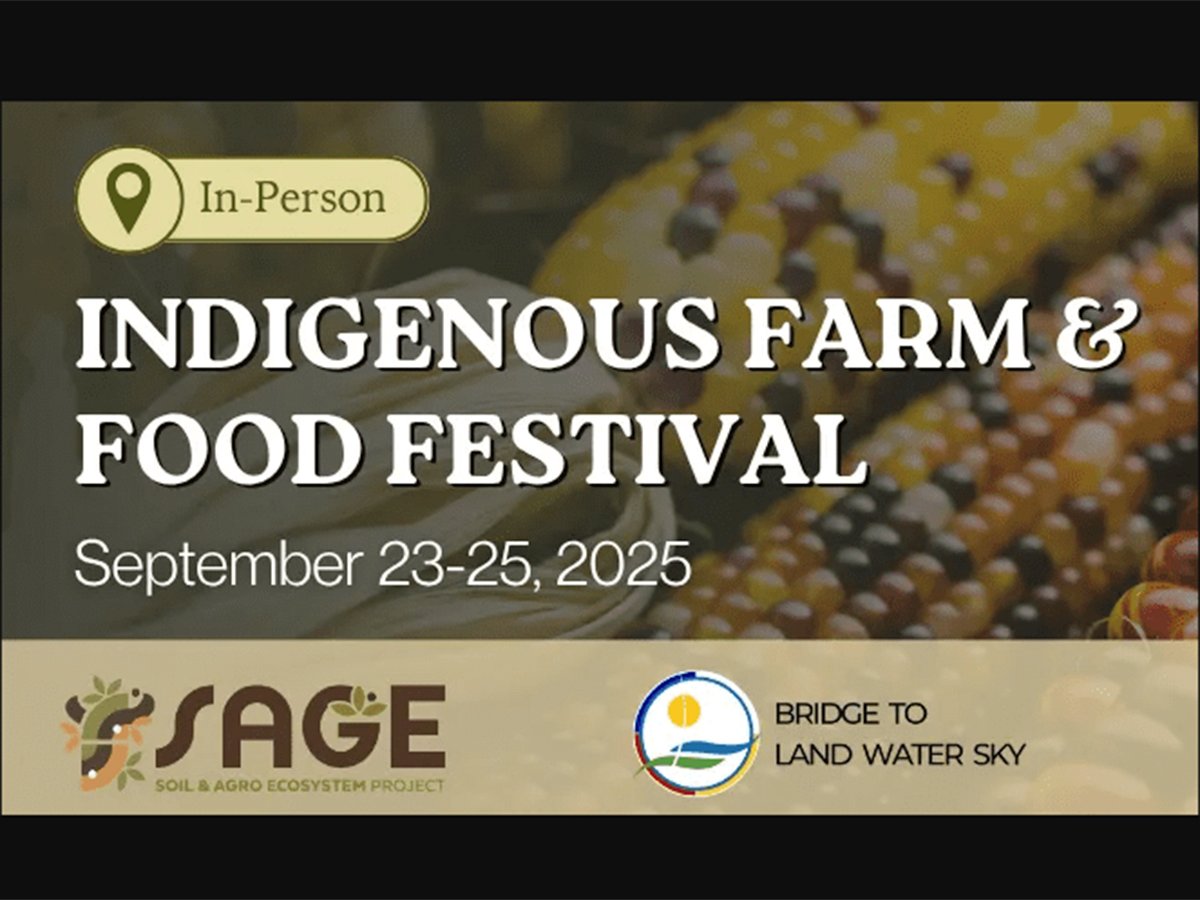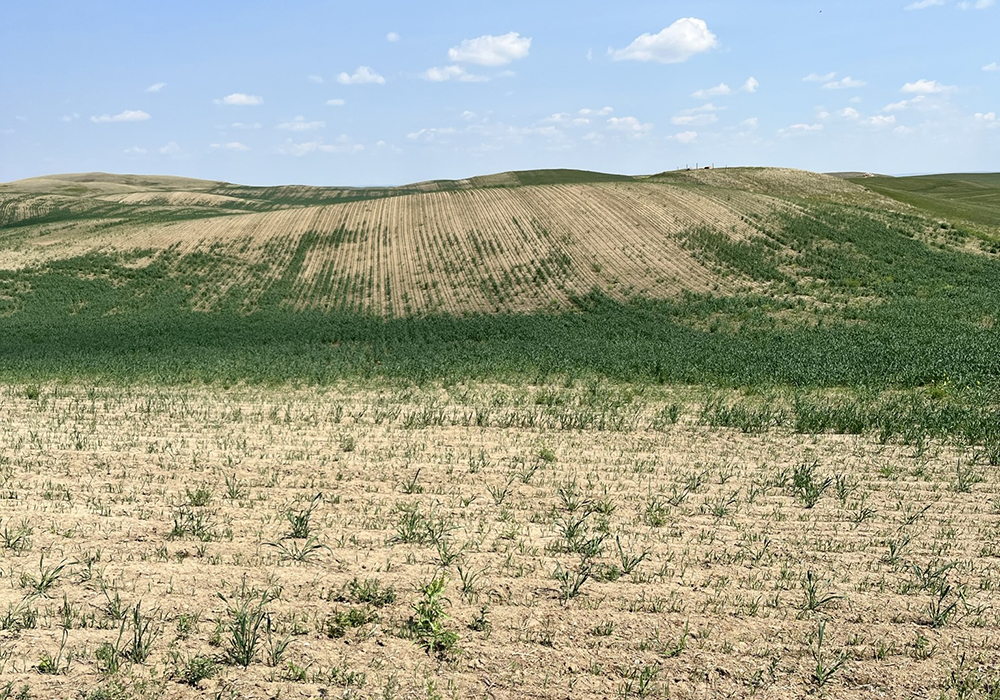Thousands of crop insurance claims and many fields that won’t even see a combine. That’s how the 2023 crop is shaping up.
It won’t be a repeat of the 2021 drought disaster. Many areas have average to above average crops so total production shouldn’t be as dismal as two years ago. However, the dryness has been expanding, with markets and governments slow to realize what’s happening.
Parched crops and the lack of cattle feed have made headlines in Alberta. The extent of the problem isn’t yet fully appreciated in Saskatchewan. The commentary in the weekly crop reports from Saskatchewan Agriculture hasn’t yet provided an accurate indication of how much production potential has been lost.
Read Also

Finding the sweet spot where ag science meets ag culture
Soon, many will look at practices such as seeding marginal acres to forage, growing cover crops and livestock integration and ask why they didn’t do this sooner.
The report for the week ending July 3 was released July 6 and had cropland topsoil moisture rated as one percent surplus, 42 percent adequate, 42 percent short and 15 percent very short.
For the same time frame last year, the rating was nine percent surplus, 71 percent adequate, 18 percent short and four percent very short. We’re a long way off from last year.
In the big drought year of 2021, the rating for this time frame was zero percent surplus, 18 percent adequate, 51 percent short and 31 percent very short. Alarm bells were already ringing.
With high temperatures and relatively little rain in the forecast, watch for Saskatchewan’s topsoil moisture rating to continue dropping and watch for more news of crop and hay devastation.
In defence of crop reporters, there’s always a lag between when conditions are reported and when reports are published. And with variable conditions, it’s difficult to know if the good is compensating for the bad.
My expectation is below average prairie production. That will encourage large exports of corn from the United States into southern Alberta and Saskatchewan. Corn will be a better value proposition than feed barley for many livestock operations.
Unlike 2021, grain contract buyout pain should be fairly limited. For one thing, growers are now much more cautious. Even more importantly, prices have been steady to lower on most commodities. Producers who contracted and have a production shortfall won’t typically need to make up a price difference.
The 2021 disaster caught some producers with little or no crop insurance coverage. They were feeling bulletproof after good yields for many years. That’s likely to be less of a problem this year. Crop insurance is going to be a lifeline in the seriously dry areas. Strong crop insurance prices on many grains means payouts will be large.
Reduced prairie production will have a ripple effect, with less business for custom truckers and less grain for the railways to move. The ever-expanding elevator network across the Prairies will again operate at below capacity. Each company will be hungry to attract producer deliveries.
Many cattle producers are already scrambling to secure a winter feed supply. With record high cattle prices, you’d think producers would be willing to pay whatever is required to secure feed, but that may not be the case.
Auction markets have been reporting unusually brisk sales through the spring and early summer, even in areas not stricken by drought. How many producers are taking advantage of the attractive prices to downsize or even quit the business? The cow herd may continue to shrink.
While rain is urgently needed and would improve yields, much of the damage cannot be reversed. Market watchers and governments will eventually figure it out.
Kevin Hursh is an agricultural journalist, consultant and farmer. He can be reached by e-mail at kevin@hursh.ca.
















